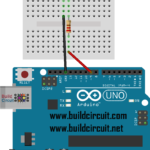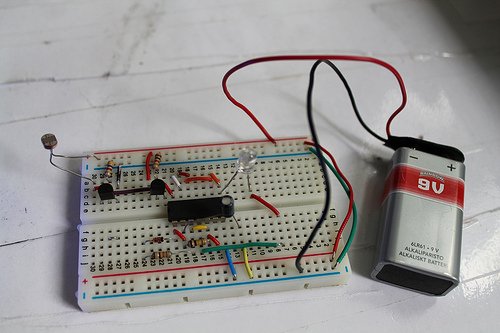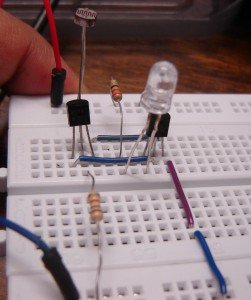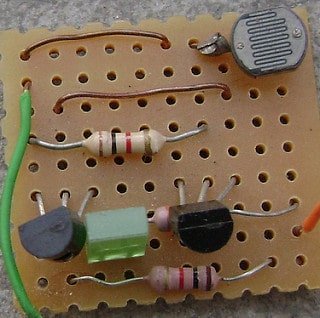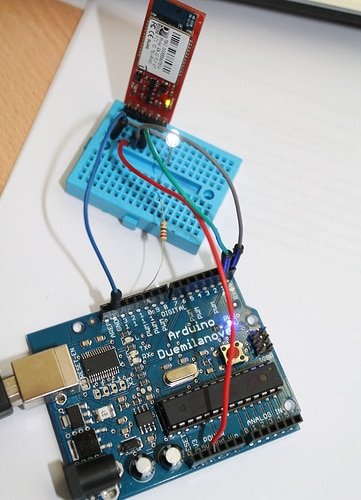
Amarino project- Arduino and Android based light sensor
With this project/application, you can make a light sensor dependent lamp. You can make a light sensor or dark sensor with this application. The light sensor of your Android smart phone senses ambient light present in your room and sends commands to Arduino board. Your Arduino program determines the behaviour of the LED, whether it…




